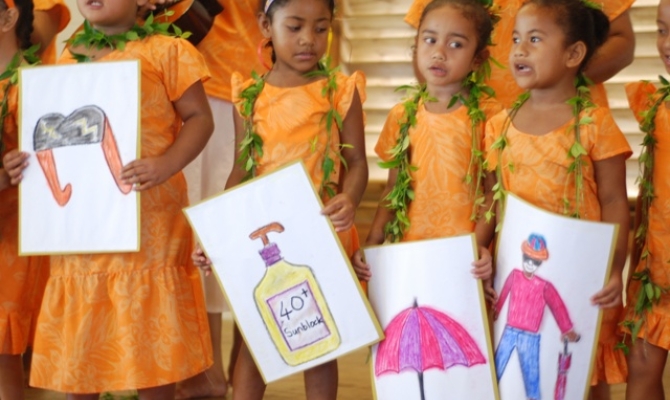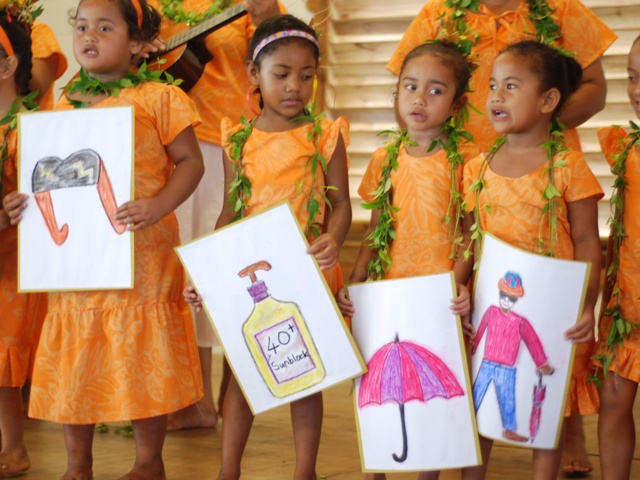

The emerging El Niño in the Pacific region is currently not expected to be as strong, nor last for as long as previous El Niño events. Less than usual rainfall in Tonga and Niue has lead to drought watches being issued in those countries.
The ocean surface continues to warm in the equatorial Pacific near the dateline, however, weaker than usual easterly winds at the equator which are usually associated with an El Niño have failed to develop.
There is general consensus among climate models that the developing El Niño will not be particularly strong. The ocean temperatures in the equatorial Pacific may return to normal levels by the end of the first quarter of 2013, but impacts on water resources associated with this El Niño may last into mid 2013.
There has been less rainfall than usual during the past few months in Tonga and Niue and the latest climate models do not provide clear guidance on what to expect over the coming three months.
Fiji, Samoa and the Austral Islands can expect slightly less rainfall than usual for this time of year, and normal rainfall patterns are expected for the rest the Pacific.
Next month’s issue of the Island Climate Update, due to be issued in early October, will also include guidance on the upcoming South Pacific cyclone season.